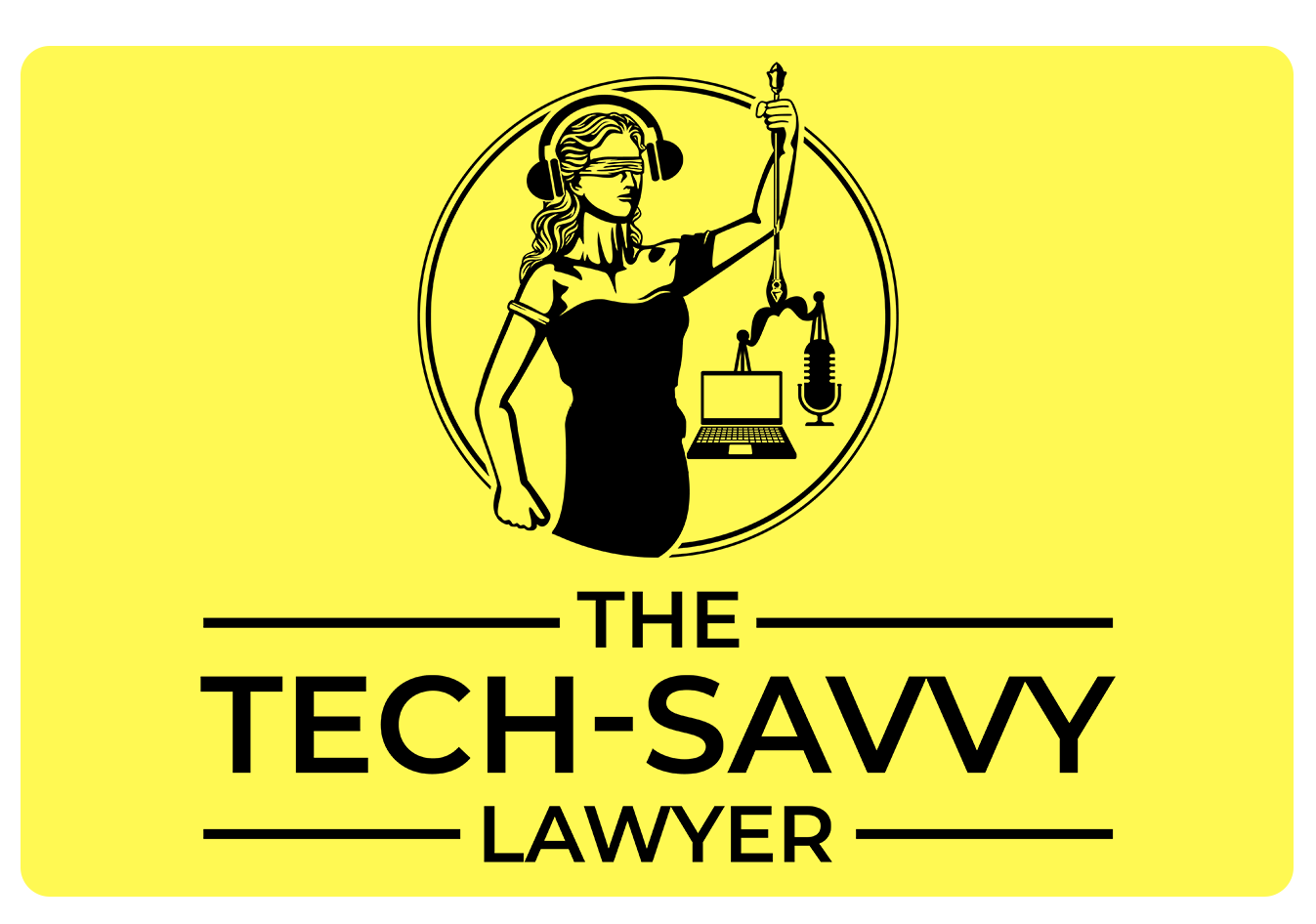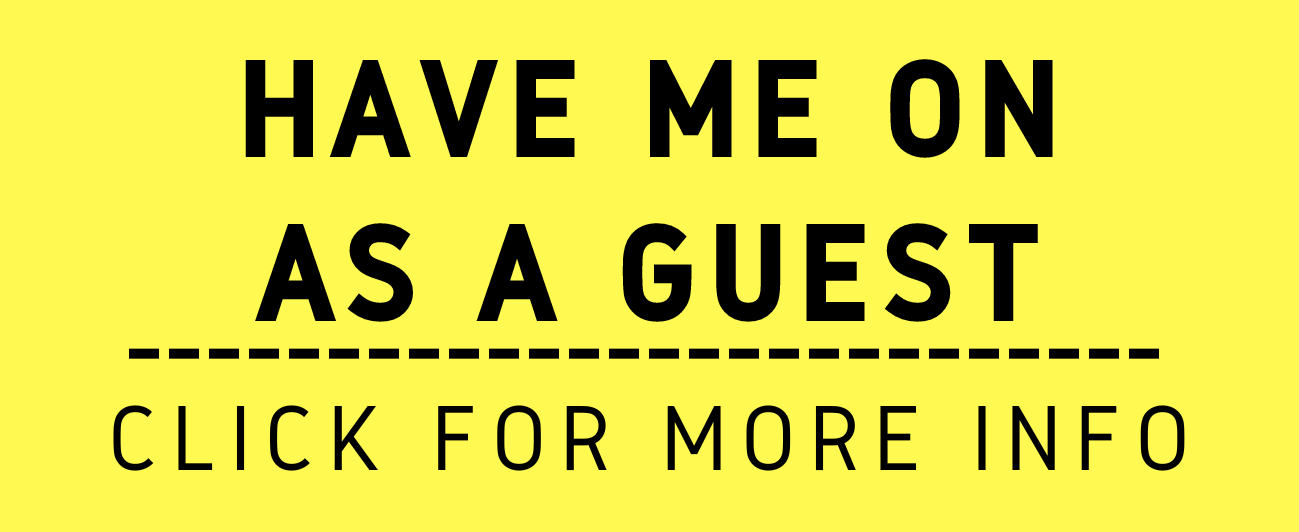Word (Phrase) of the Week: What do they mean by the term "Internet of Things (IoT)"?
/You may have heard the term "Internet of Things," but not exactly what it means - it can be a little ambiguous. So let me explain: The "Internet of Things" (IoT) refers to the interconnected network of physical devices, vehicles, home appliances, and other items embedded with sensors, software, and network connectivity that enable them to collect and exchange data.
The “internet of things” (IOT) covers so many common items in our office1
These devices can communicate and interact with each other, as well as with centralized systems and services over the internet or other networks. The IoT allows objects to be sensed and controlled remotely across existing network infrastructure.
Key Aspects of IoT
Connectivity: IoT devices are equipped with wired or wireless connectivity, allowing them to connect to the internet and communicate with other devices or systems.
Data Exchange: IoT devices can send and receive data, enabling them to share information and coordinate their actions.
Sensors: Many IoT devices incorporate sensors that can detect and measure various physical properties, such as temperature, motion, humidity, or pressure.
Actuators: Some IoT devices have actuators that can influence the physical world, like turning on lights, adjusting thermostats, or opening doors.
Intelligence: IoT systems often employ artificial intelligence and machine learning capabilities to analyze data, identify patterns, and make decisions or optimizations.
Applications of IoT
The “Internet of things” (Iot) has many potential applications in the courtrooM!
IoT has numerous applications across various domains:
Smart Homes: IoT devices like smart thermostats, security cameras, and appliances enable home automation and remote monitoring.
Industrial IoT: IoT sensors and systems are used in manufacturing, supply chain management, and predictive maintenance.
Healthcare: IoT devices can monitor patients, track medical assets, and assist with medication adherence.
Smart Cities: IoT technologies are employed in traffic management, waste management, and environmental monitoring.
As the IoT continues to evolve, it holds the potential to revolutionize how we interact with the physical world and enhance efficiency, productivity, and convenience in numerous aspects of our lives. Lawyers may encounter the "Internet of Things" (IoT) in various aspects of their work, particularly in litigation and regulatory compliance. Here are some key ways IoT data could be relevant:
Litigation and Discovery Applications
IoT devices like smart home assistants (Amazon Alexa, Apple Siri, Google Home), wearable fitness trackers, and connected vehicles can potentially provide evidence in criminal cases or civil lawsuits. For example, audio recordings from smart speakers or location data from wearables could be sought as evidence.
In product liability or personal injury cases, data from IoT devices may help establish facts about an incident, such as the timing, location, or sequence of events.
IoT data could be subject to discovery requests in litigation, requiring lawyers to understand how to preserve, collect, and review this new form of electronically stored information (ESI).
Data Privacy and Security Issues
Lawyers advising clients on data privacy and cybersecurity must consider the risks associated with IoT devices, which often collect and transmit sensitive personal data with potential security vulnerabilities.
lawyer not only need to know how the “Internet of things” (IOT) apply at work but how it may apply to thier clients!
IoT devices and their data flows may be subject to various data protection regulations like California’s Consumer Privacy Act (CCPA) and the European Union’s General Data Protection Regulation (GDPR), etc., requiring legal counsel to ensure compliance.
Intellectual Property Rights
The development and deployment of IoT technologies involve complex intellectual property considerations around patents, copyrights, and licensing agreements that lawyers may need to navigate.
Product Liability
IoT devices raise novel product liability issues, as defects or security flaws in these interconnected products could lead to harm, requiring lawyers to advise manufacturers on potential liabilities and risk mitigation strategies.
As IoT adoption grows across industries, lawyers will increasingly need to understand the legal implications and evidentiary value of IoT data, as well as the associated privacy, security, and liability risks.
Happy Lawyering!










